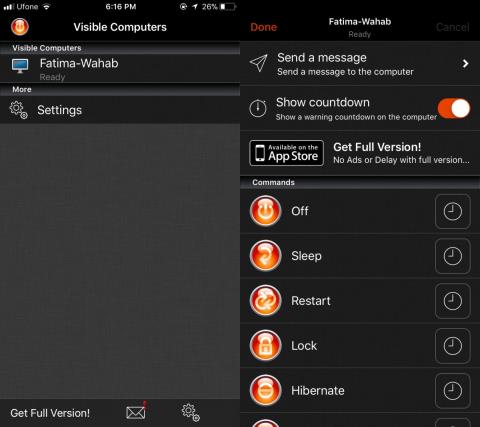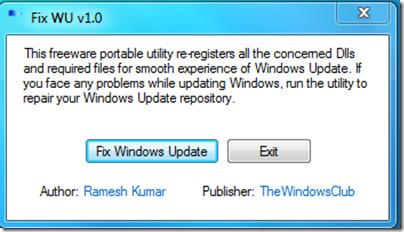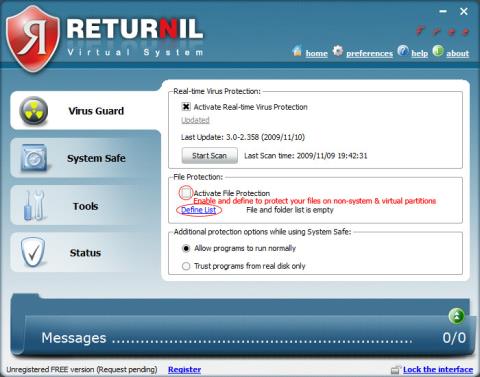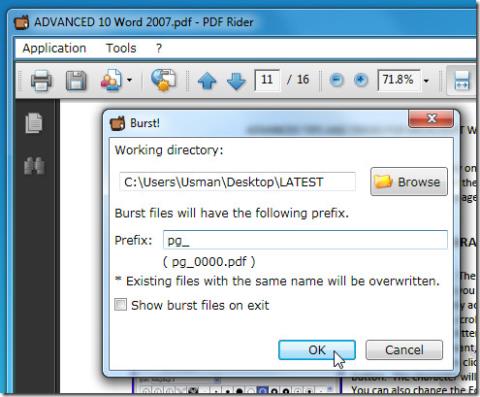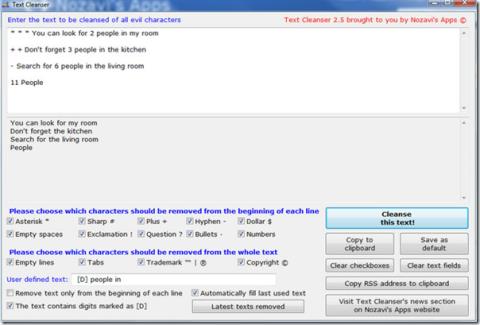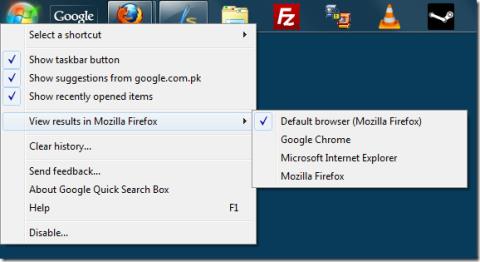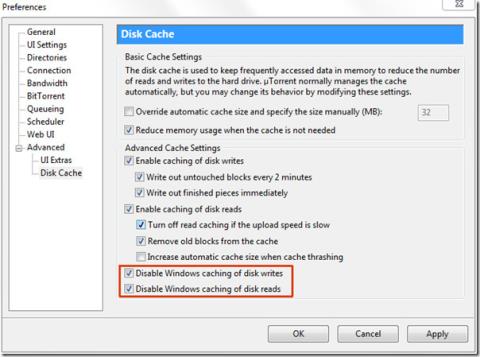Come ricevere avvisi per andare a letto in base allorario in cui è necessario svegliarsi

Come ricevere avvisi per andare a letto in base all'orario in cui è necessario svegliarsi
Windows 8 ha completamente ridisegnato gli errori BSOD e il modo per risolverli . Rispetto a Windows 7 e alle versioni precedenti, ha optato per un approccio più intuitivo in modo che gli utenti occasionali possano cercare i codici di arresto sulla pagina di supporto di Microsoft.
Quando Windows 10 rileva un errore irreversibile, fa tutto il necessario per prevenire la perdita e il danneggiamento di dati importanti, mostrando una schermata blu con una faccina triste e un testo bianco che dice Il tuo PC ha riscontrato un problema e deve essere riavviato, stiamo solo raccogliendo alcune informazioni sull'errore .
Non è un problema quando ti imbatti in questo scenario solo una volta poiché puoi riavviare il computer e riprendere da dove avevi interrotto. Ma diventa veramente problematico quando il messaggio di errore Il tuo PC ha riscontrato un problema e deve riavviarsi entra in un ciclo. A volte si blocca al 100% e non riesce ad avviare Windows, costringendoti a riavviarlo.
Quali sono le cause Il tuo PC ha riscontrato un problema e ha bisogno di riavviare l' errore?
Il tuo PC potrebbe essere interessato da un evento software, un guasto hardware o entrambi. Ecco alcune possibili cause:
Come risolvere Il tuo PC ha riscontrato un problema e deve essere riavviato su Windows 10
Esistono diversi modi per affrontare la risoluzione dei problemi. Ma dovresti impostare un punto di ripristino del sistema prima di procedere con la prima soluzione in questo elenco. In questo modo, puoi sempre annullare le modifiche se commetti errori.
1. Avvia Windows in modalità provvisoria
Se non riesci ad avviare il tuo sistema operativo per raggiungere il desktop ed eseguire qualsiasi azione perché vieni immediatamente inviato a Il tuo PC ha riscontrato un problema e ha bisogno di riavviare il ciclo, allora puoi avviare Windows in modalità provvisoria . È una misura precauzionale che crea un ambiente sicuro per la diagnosi.
Come avviare Windows in modalità provvisoria senza avvio:
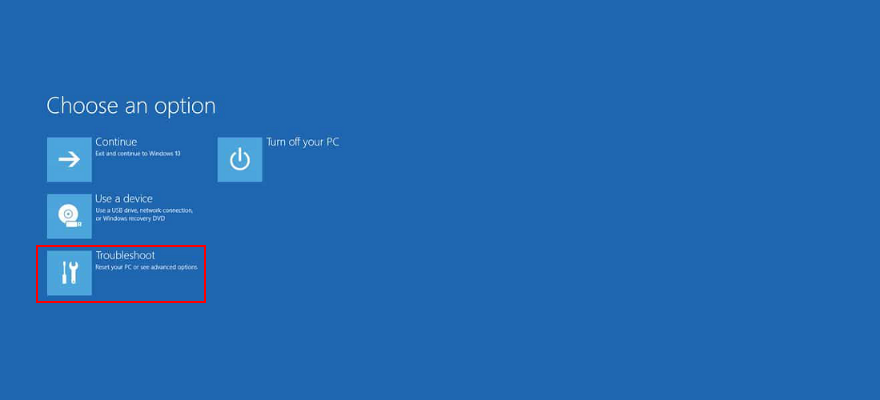

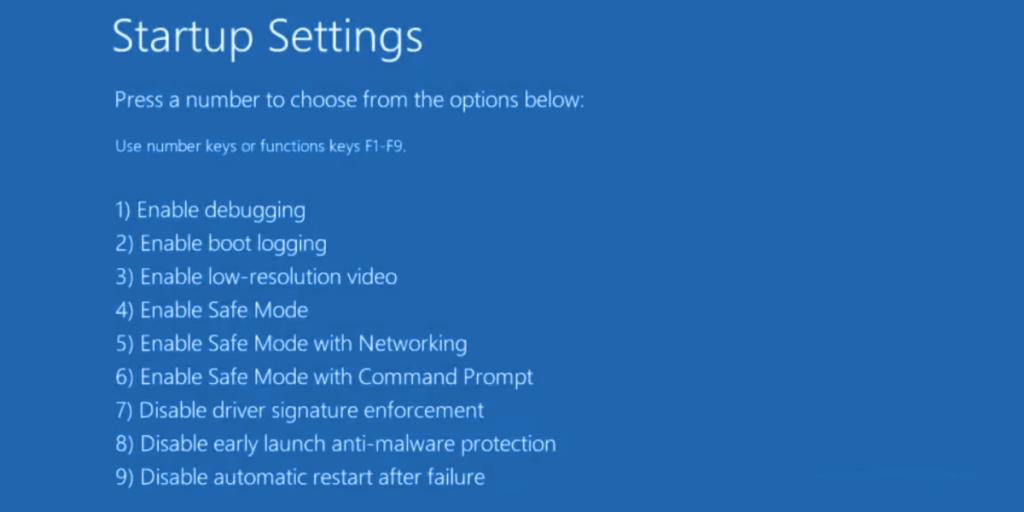
2. Eseguire un avvio pulito
Se l' errore Il tuo PC ha riscontrato un problema e deve essere riavviato non viene attivato in modalità provvisoria, puoi eseguire l'avvio pulito di Windows 10 per disabilitare qualsiasi processo, driver o servizio non essenziale che potrebbe causare il problema. Ecco come realizzarlo:
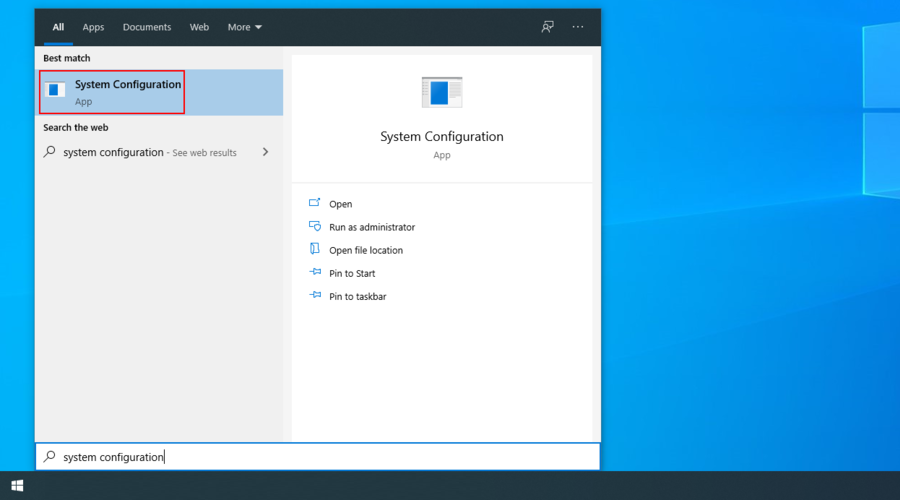
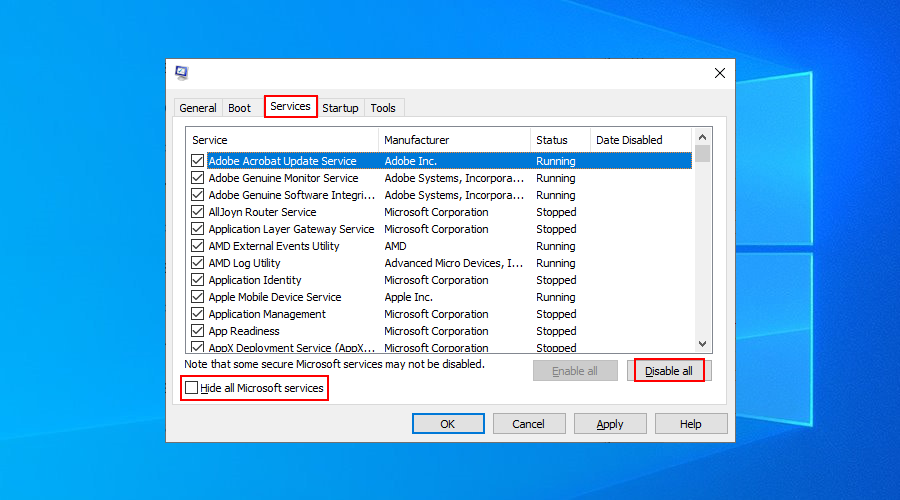
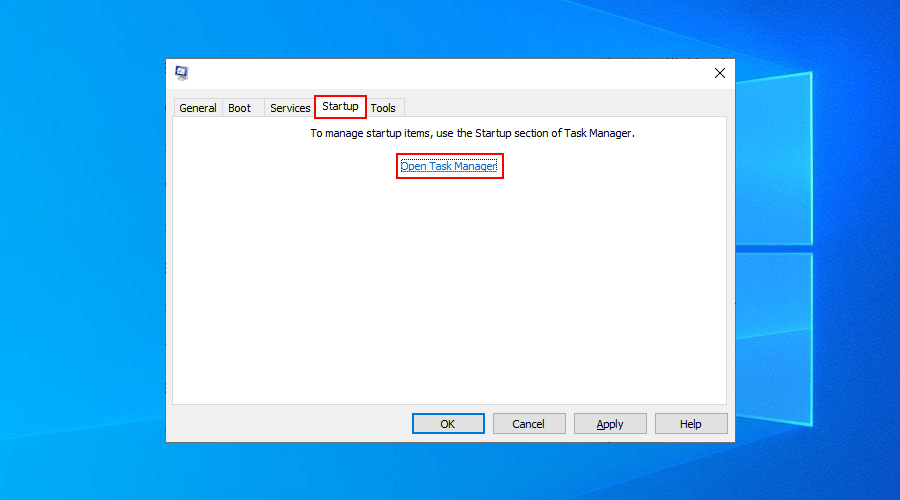
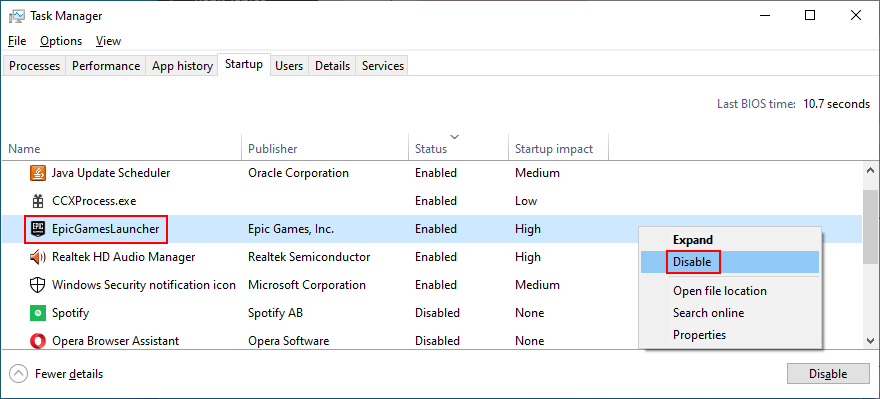
3. Esegui Windows Update
È fondamentale mantenere Windows aggiornato con gli ultimi hotfix e patch di sicurezza, al fine di evitare problemi di stabilità del sistema e il messaggio di errore Il tuo PC ha riscontrato un problema e deve essere riavviato .
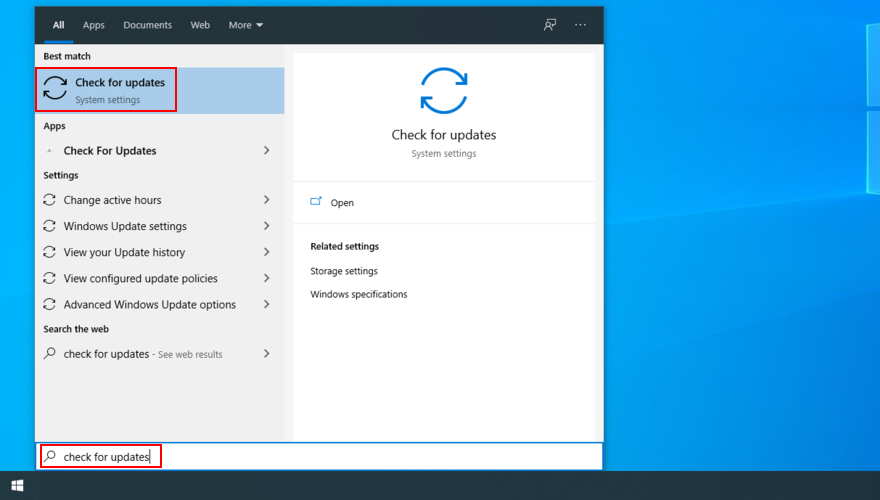
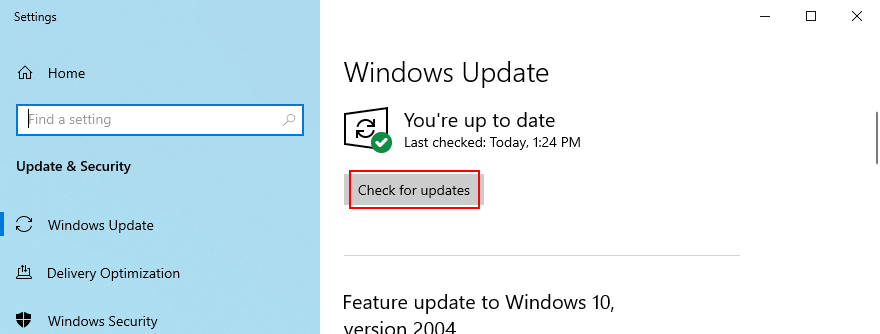
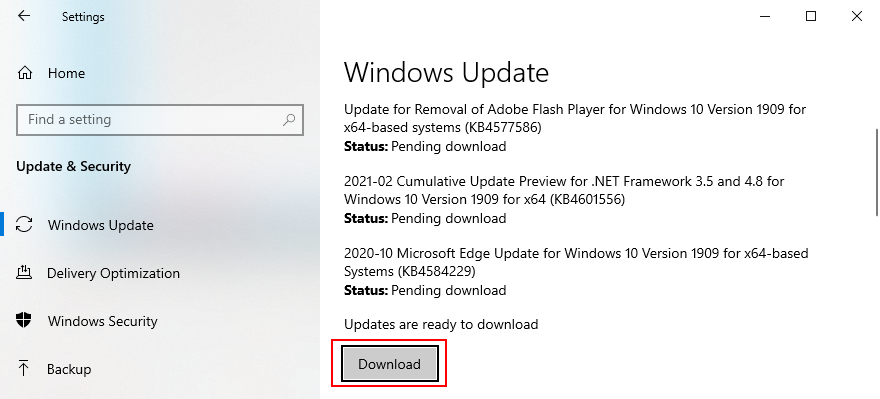
4. Ispezionare il registro di sistema
Windows raccoglie i registri su tutti i principali eventi che si verificano sul tuo computer, inclusi gli arresti anomali. Per scoprire maggiori dettagli sull'errore Il tuo PC ha riscontrato un problema e deve riavviarsi , puoi ispezionare il registro di sistema utilizzando il Visualizzatore eventi o BlueScreenView.
Visualizzatore eventi è uno strumento di informazioni di sistema integrato nel sistema operativo. Puoi usarlo per analizzare i minidump creati dai crash di sistema, al fine di scoprire quali driver hanno causato l' errore Il tuo PC ha avuto un problema e ha bisogno di riavviarsi .
Come usare il Visualizzatore eventi:
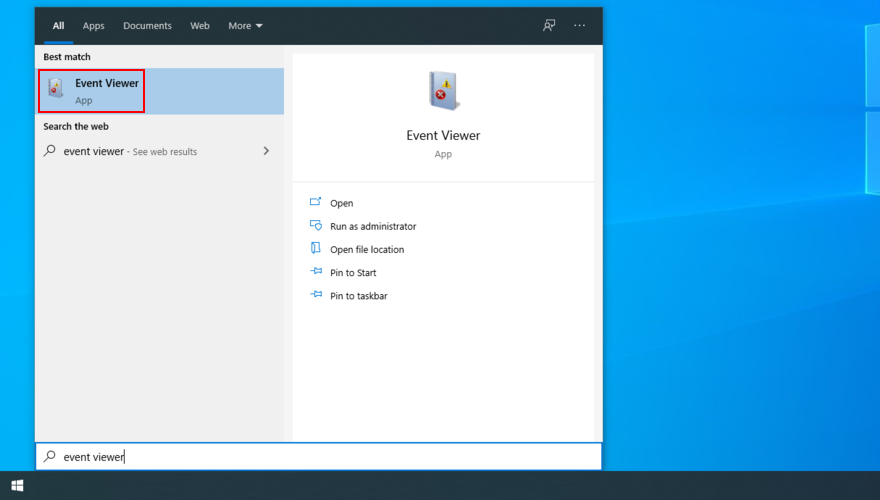
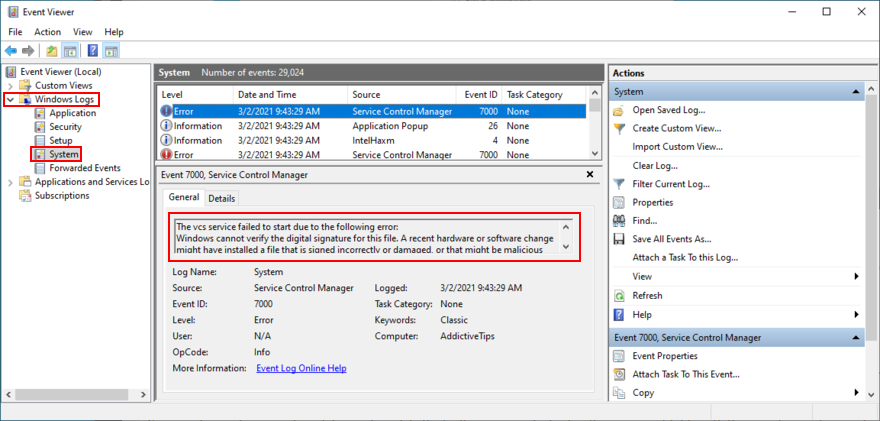
Se preferisci un approccio più intuitivo all'analisi dei file minidump, puoi installare e utilizzare BlueScreenView. È uno strumento leggero, portatile e semplice da usare.
Come usare BlueScreenView:
5. Controlla i driver del tuo dispositivo
Una volta individuati i driver malfunzionanti che hanno attivato il messaggio di errore Il tuo PC ha riscontrato un problema e deve essere riavviato , puoi risolverli in tre metodi: reinstallare gli adattatori, aggiornare i driver o ripristinare i driver alla versione precedente.
Come reinstallare gli adattatori:
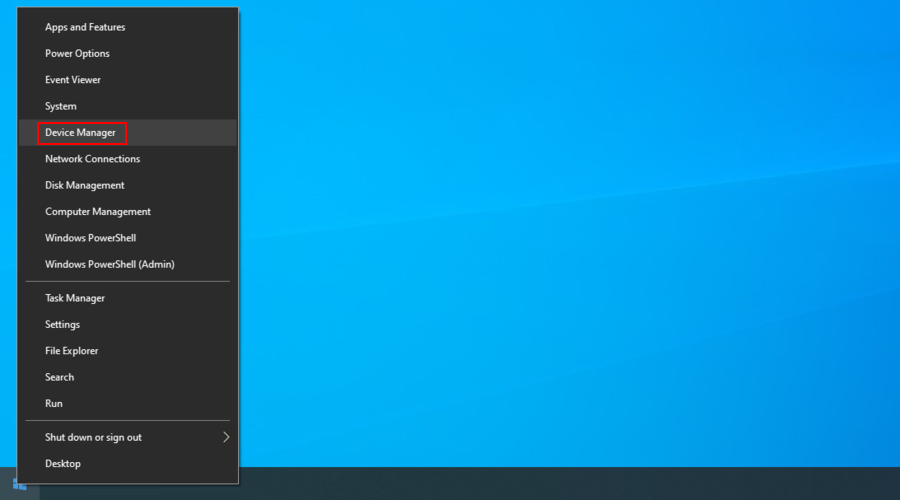
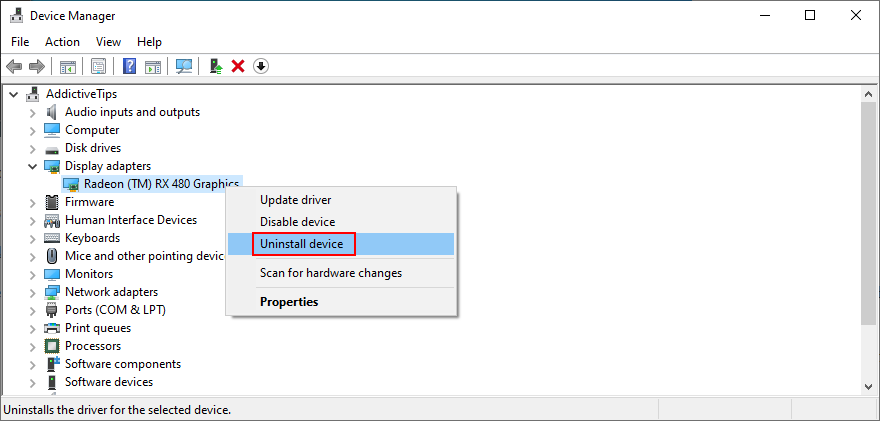
Questa soluzione dovrebbe eliminare il messaggio di errore Il tuo PC ha riscontrato un problema e deve riavviare se è stato causato da un dispositivo non collegato correttamente al sistema operativo.
Come aggiornare i driver:
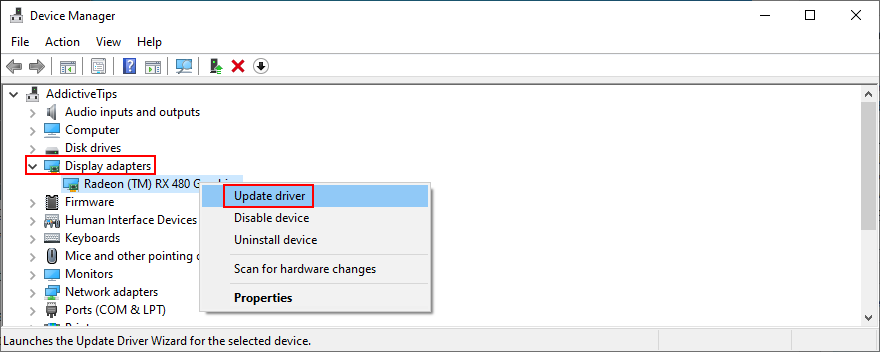
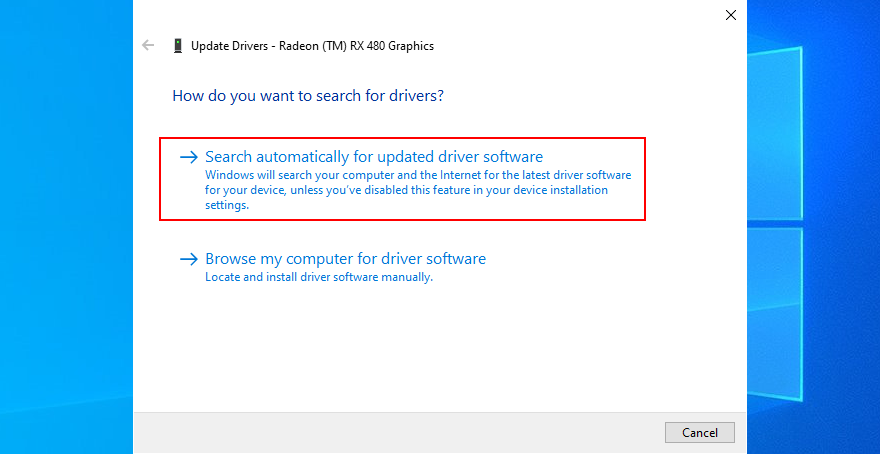
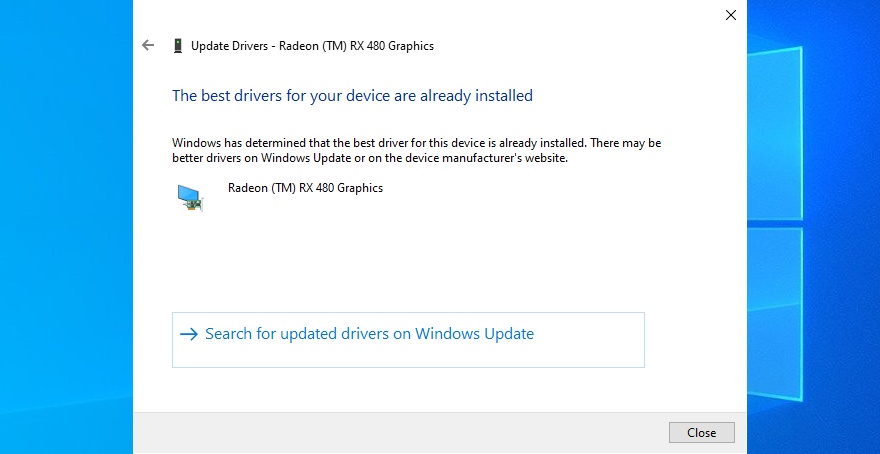
I driver obsoleti possono causare arresti anomali del computer, quindi aggiornarli dovrebbe risolvere il problema. Tuttavia, se Windows Update non riesce a trovare un driver più recente, sta a te scaricarlo e installarlo dal sito Web del produttore.
È rischioso, tuttavia, poiché potresti installare accidentalmente un driver incompatibile. Per evitare questo scenario, è meglio utilizzare un'applicazione di aggiornamento dei driver che scarica e installa automaticamente i driver più recenti.
D'altra parte, se il tuo sistema operativo ha iniziato a bloccarsi dopo un aggiornamento del driver, potrebbe essere perché l'ultima versione non supporta completamente Windows 10. Quando ciò accade, dovresti ripristinare il driver alla versione precedente e stabile.
Come ripristinare i driver:
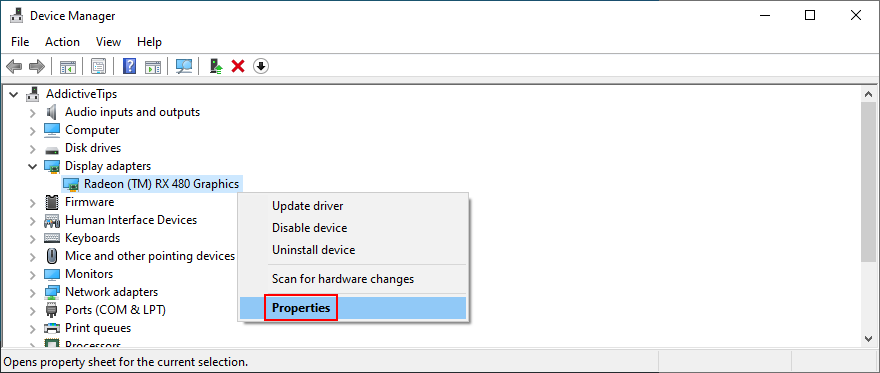
6. Controlla lo spazio su disco
Il tuo sistema operativo richiede costantemente spazio libero su disco per varie operazioni. Altrimenti, potrebbe bloccarsi e tenerti bloccato fuori dal tuo PC fino a quando non risolvi il problema. È possibile allocare più spazio su disco alla partizione del sistema operativo da un'altra unità o rimuovere i file esistenti per fare spazio.
Come aumentare la dimensione della partizione del sistema operativo con Gestione disco:
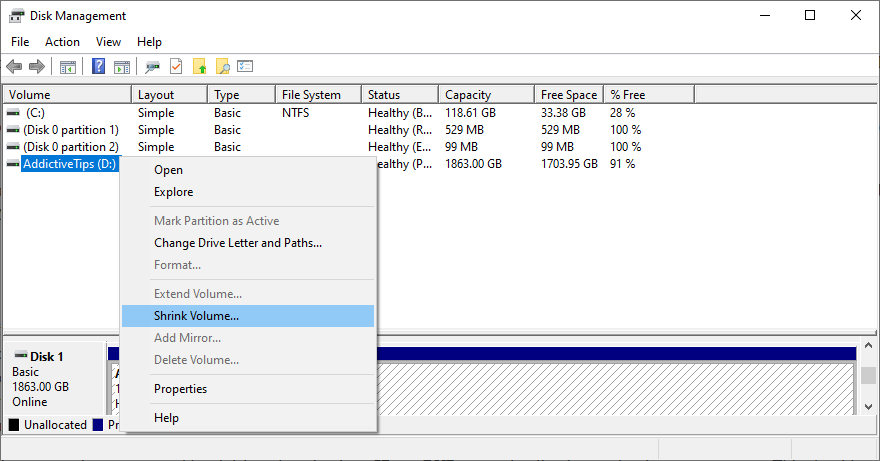
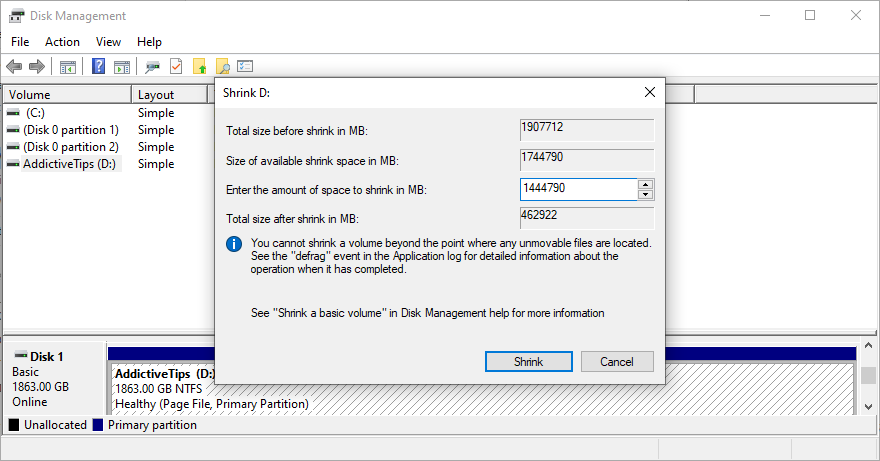
Se non è possibile allocare più spazio su disco da un'altra partizione, è possibile eliminare i file esistenti. Ad esempio, puoi spostare la tua raccolta di foto e filmati su un disco esterno, caricarla su un account cloud o masterizzarla su DVD. I giochi e le applicazioni di grandi dimensioni che non ti servono più dovrebbero essere disinstallati.
E, quando si tratta di dati spazzatura, puoi sbarazzartene rivolgendoti a un sistema di pulizia del sistema . Oppure, se non desideri installare più app, puoi utilizzare lo strumento Pulitura disco di Windows.
Come utilizzare Pulizia disco di Windows:
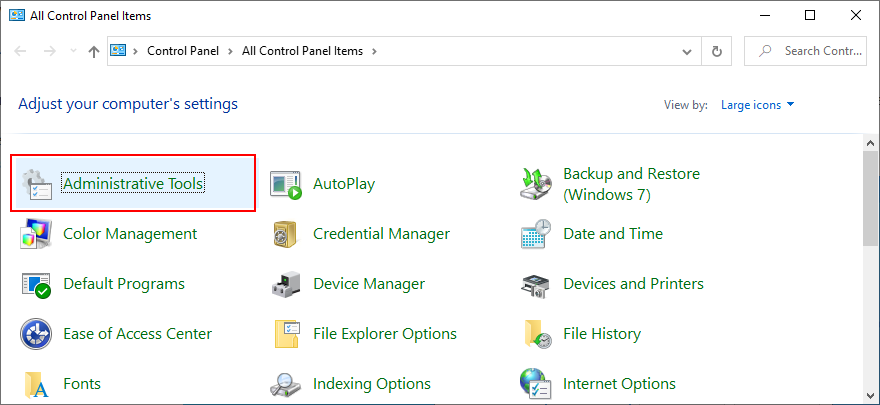
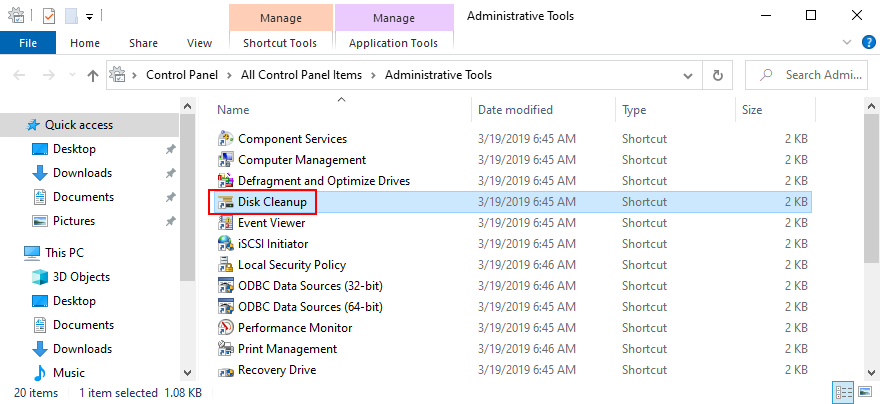
7. Unplug new hardware devices
The Your PC ran into a problem and needs to restart error can be triggered by peripheral devices that have compatibility issues with your computer and operating system. If you notice that you started having problems with your computer after plugging in a new piece of hardware, you should take it out.
It can be anything, from a webcam to a Wi-Fi adapter. Furthermore, if the peripheral device is connected through a USB cable, then you should switch USB ports in case not all of them are functioning correctly.
8. Scan your PC for malware
If your computer was infected with malware, it’s possible that critical processes and services were disabled in an attempt to take down your defenses. It often translates to system crashes, too, represented by a blue screen with an error message and perhaps a stop code.
How to run Windows Defender:
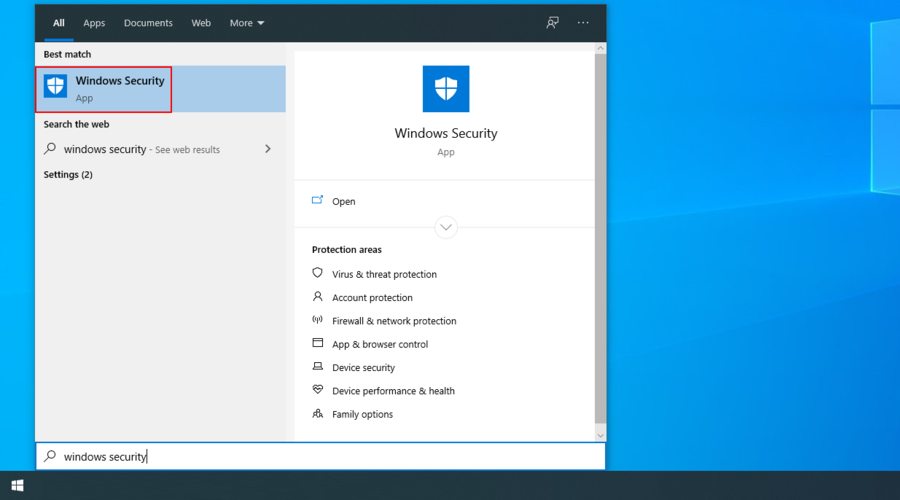
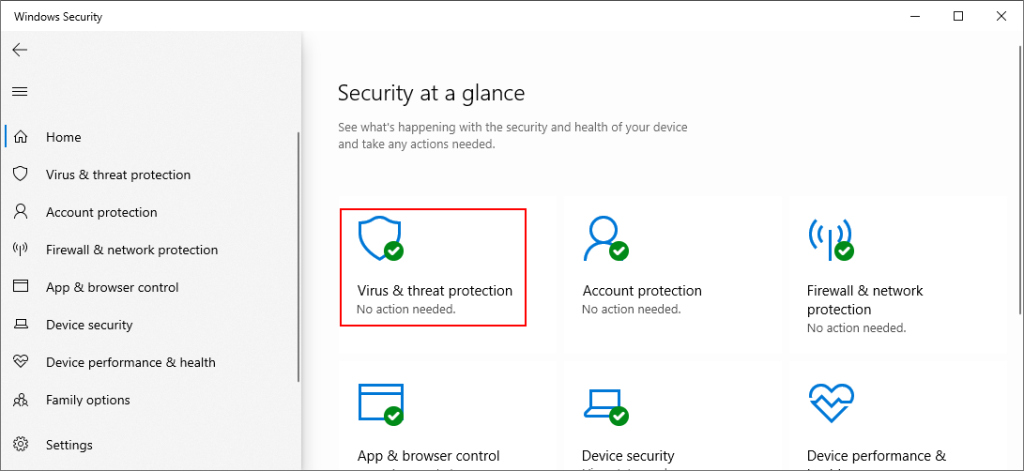
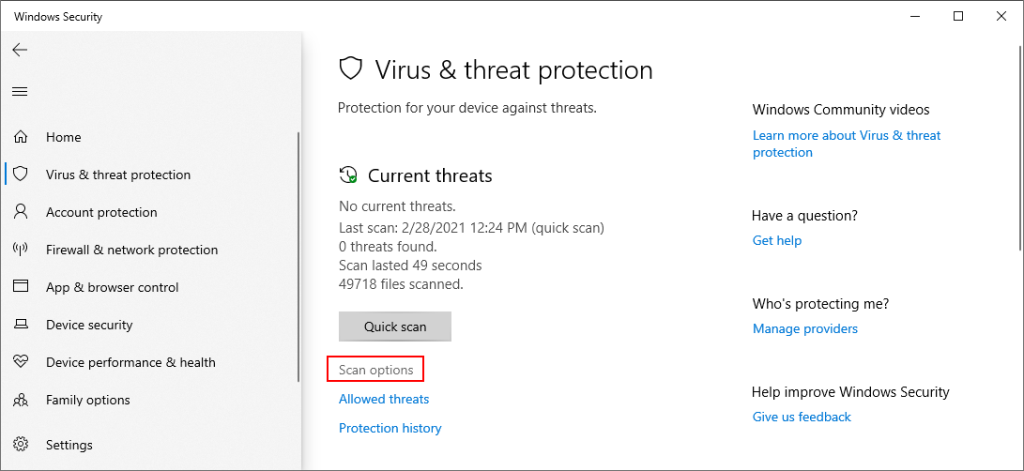
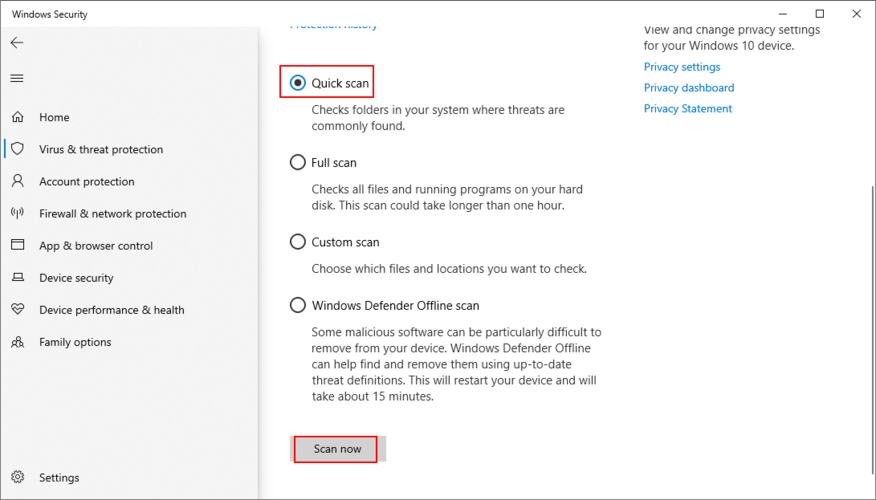
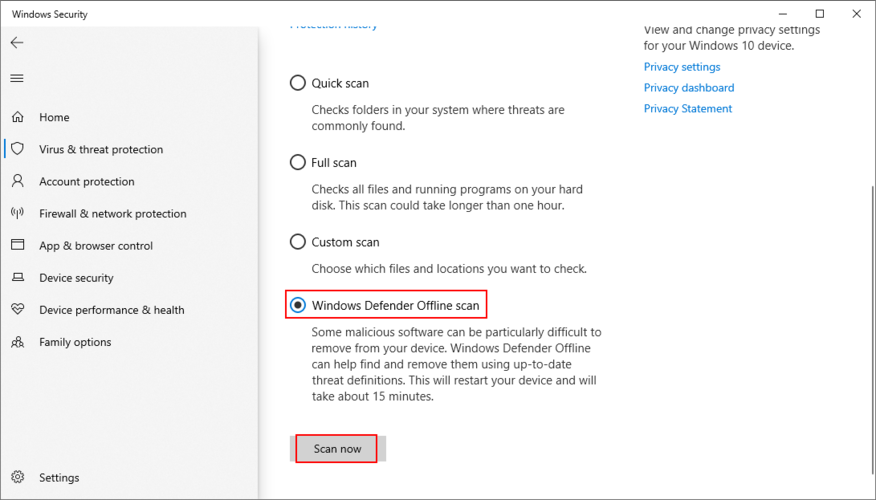
If you have any antivirus solution installed beside Windows Defender, make sure to adapt the steps above.
9. Check the system memory
Any issues with your RAM card can affect the entire computer, leading to system crashes and various stop codes. However, you can quickly verify the system memory with the help of Windows Memory Diagnostic, a built-in tool.
How to use Windows Memory Diagnostic:
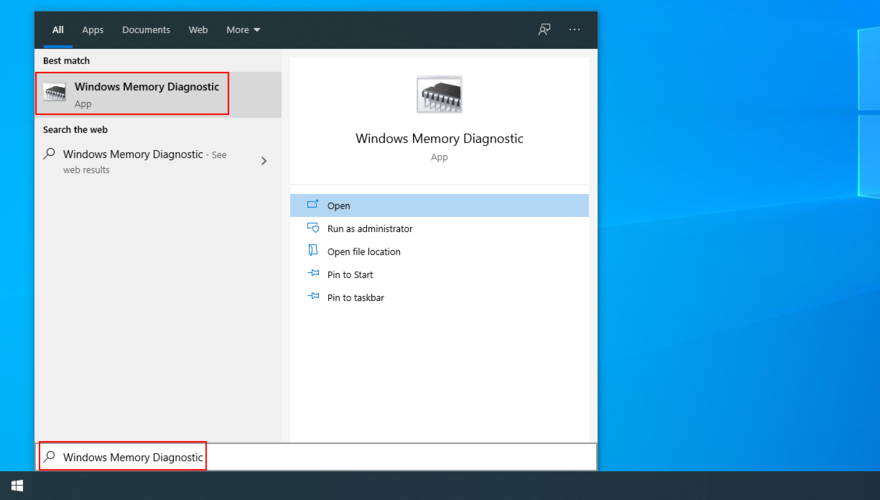
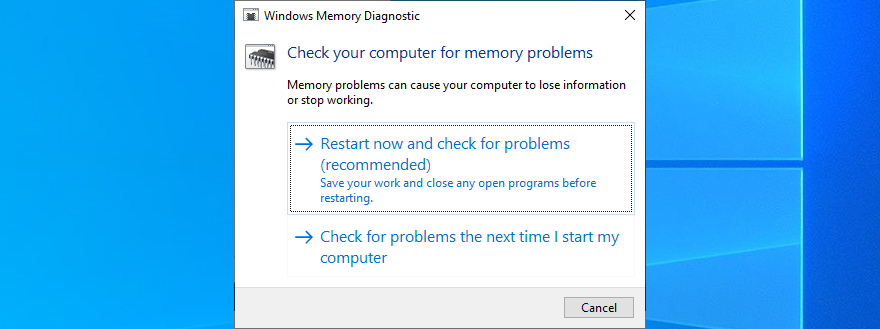
Windows Memory Diagnostic is pretty good at what it does. But if you’re looking for something a little more advanced, you should check out MemTest86.
10. Disable overclocking tools
Gamers typically use overclocking tools like MSI Afterburner, AMD Overdrive, CPU-Z or GPU-Z to crank up their systems and enhance their gaming experience. However, it’s not often done properly.
For example, you must have a cooler powerful enough to handle the heat resulted from overclocking. Else, your PC will shut down and show the Your PC ran into a problem and needs to restart error message to prevent overheating and protect itself.
So it’s a good idea to turn off all overclocking software solutions you have on your PC, whether you applied them for your GPU, CPU, or RAM. Then, reset the clock settings to default and check your PC for any additional stability problems.
11. Reset BIOS to default
It’s possible to control many computer settings from the BIOS area, including overclocking and caching. However, if you don’t know what you’re doing, you can end up harming your PC and triggering system crashes with can’t carry out its activities properties due to missing or damaged files. However, you can try to fix these problems by resorting to three command-linethe Your PC ran into a problem and needs to restart error message.
But you can fix it by resetting all BIOS settings to their factory values. Here’s how to make it happen:
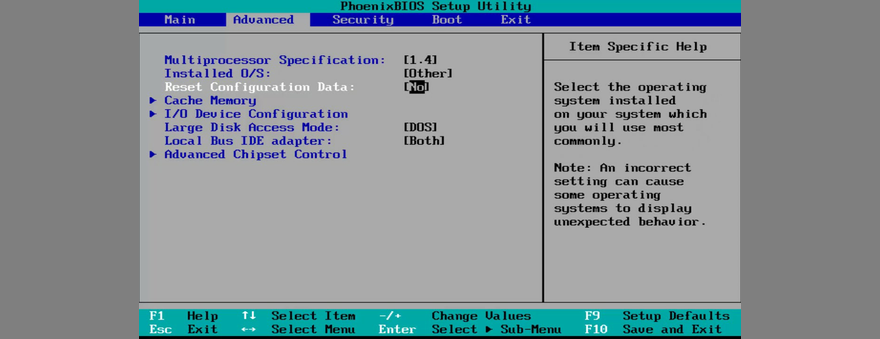
12. Update BIOS
Since you’re already changing BIOS settings, it’s a good idea to update BIOS to the latest version to avoid computer functionality problems and the Your PC ran into a problem and needs to restart loop. Here’s how:
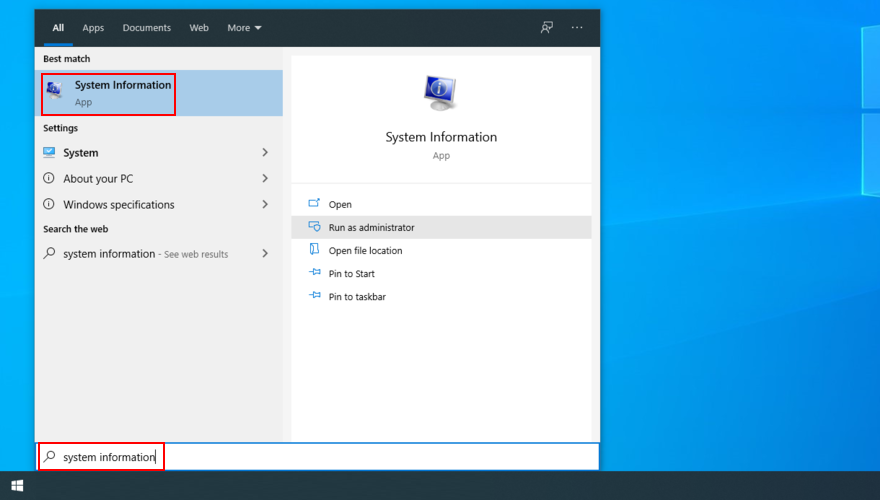
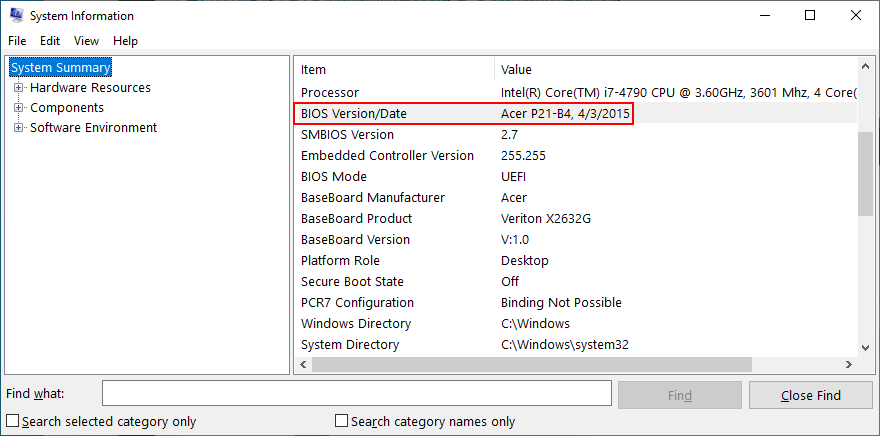
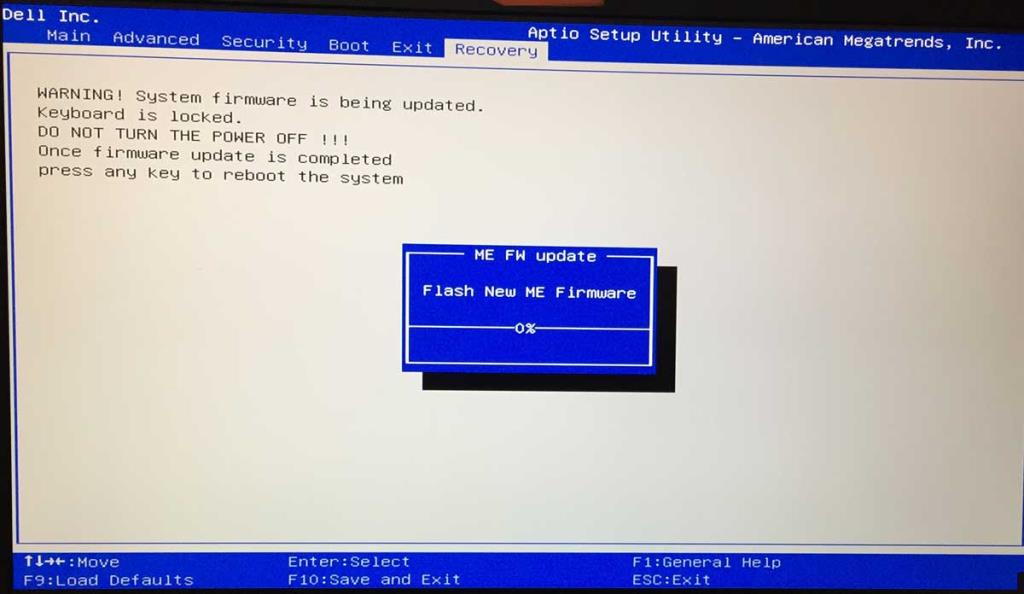
13. Repair disk and system errors
Your hard disk may have bad sectors, or your operating system may have corrupt files. As a result, Windows 10 can’t carry out its activities due to missing or damaged files. However, you can try to fix these problems by resorting to three command-line tools built into the OS: CHKDSK (Check Disk), SFC (System File Checker), and DISM (Deployment Image Servicing and Management).
How to fix bad sectors with CHKDSK:

chkdsk c: /f. Otherwise, replace c: with the right partition letter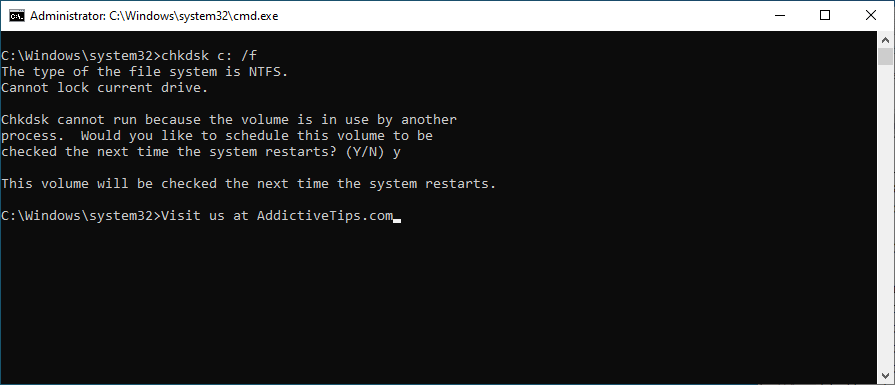
How to fix system errors with SFC:
sfc /scannow and press Enter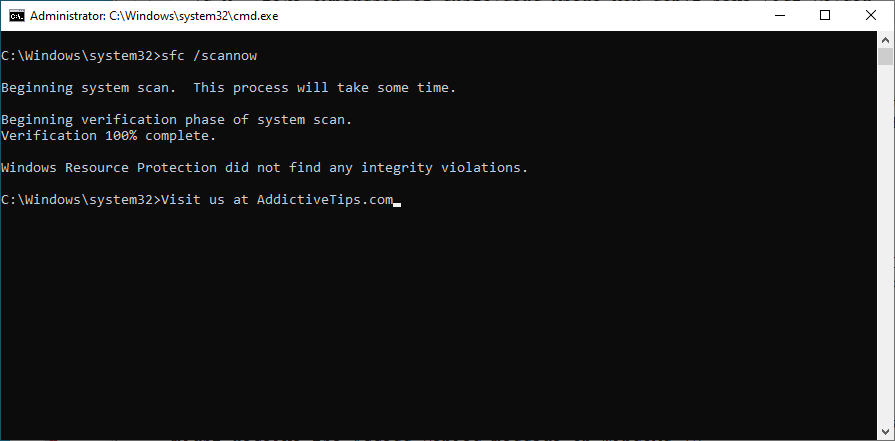
How to fix component store issues with DISM:
DISM /online /cleanup-image /scanhealth and press Enter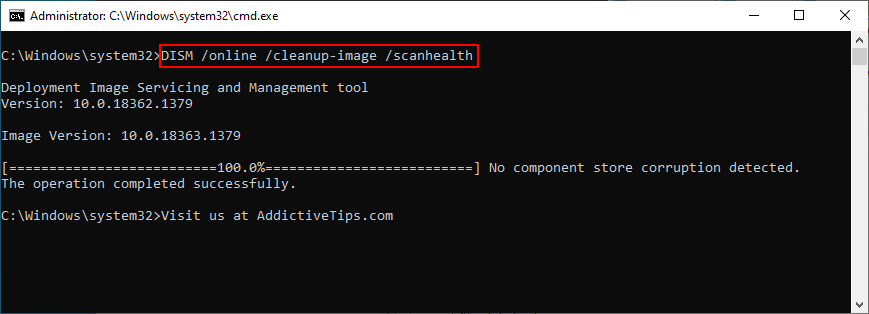
DISM /online /cleanup-image /restorehealth14. Remove new system updates
Many users report getting the Your PC ran into a problem and needs to restart, we’re just collecting some error info error message right after installing a new Windows update. It’s quite possible that the system update does not fully support Windows 10, resulting in crashes.
To fix this problem, you have to uninstall the most recent system update. Here’s how:
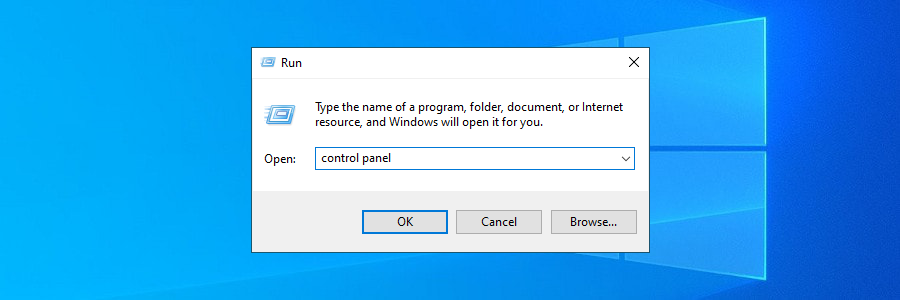
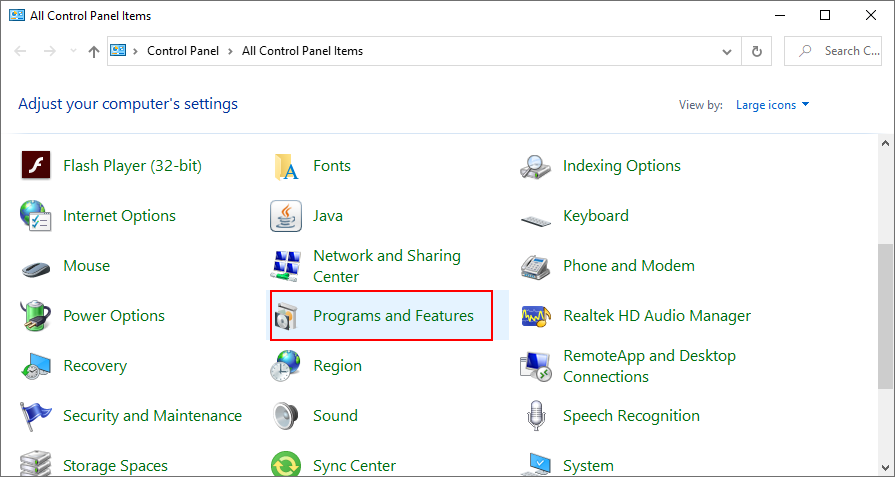
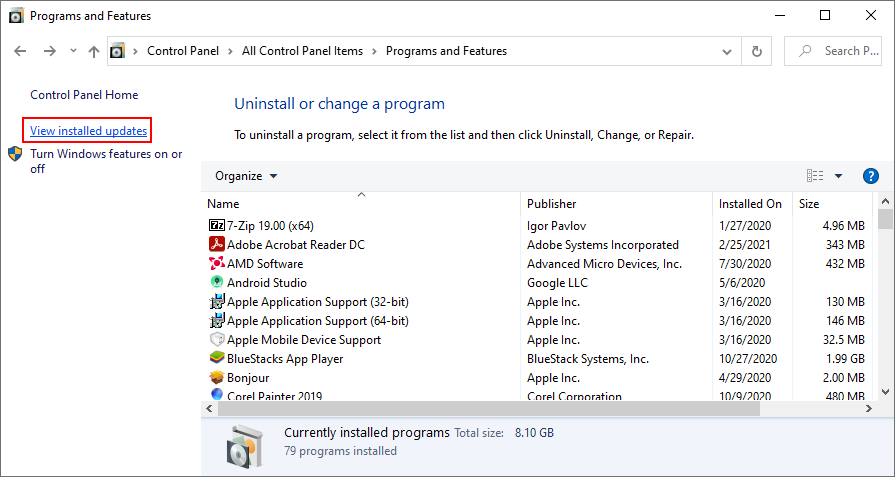
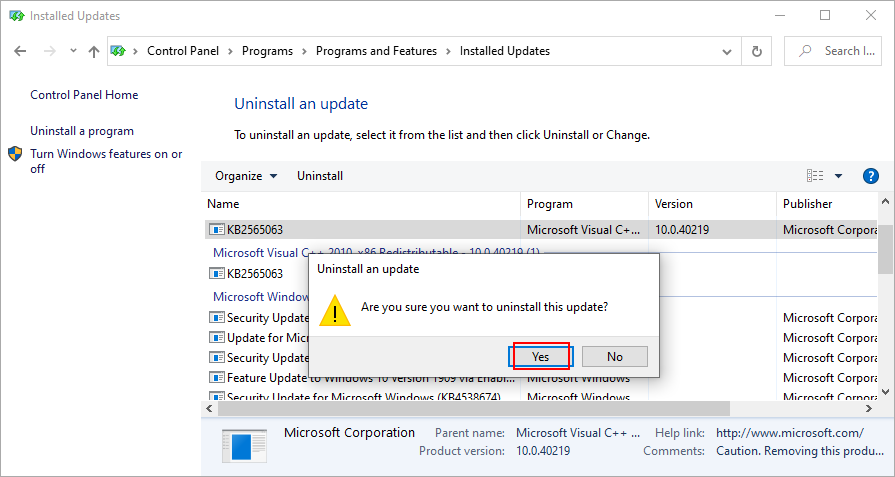
15. Uninstall third-party applications
Some types of software are known to cause PC functionality problems due to their poor support for Windows 10 as well as the fact that they require access to sensitive parts of the system. It’s the case of several free antivirus and VPN tools for Windows, to name a couple of examples. You just have to get rid of them to restore your computer’s performance.
How to uninstall recent programs:
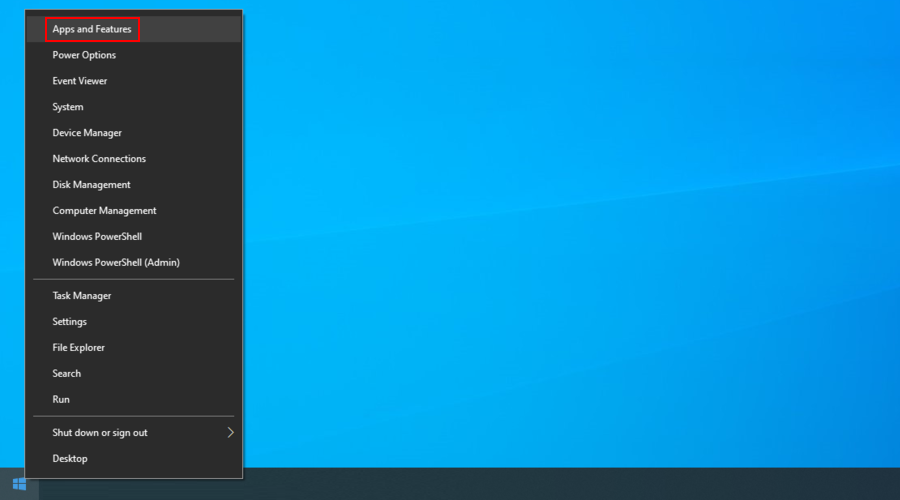
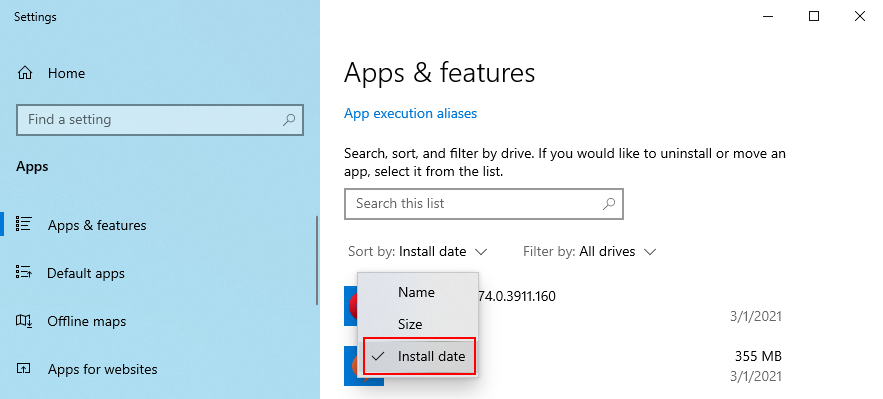
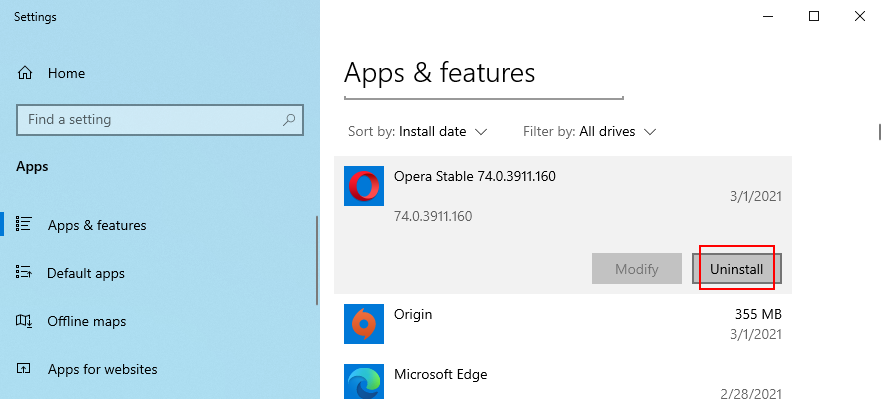
This method won’t work for applications that have made significant changes to the system registry. However, you can turn to a program uninstaller, which is more thorough than the Windows default uninstaller because it also eliminates leftover files and registry entries.
16. Repair registry settings
If there are incorrect settings in the system registry, like an entry with a wrong value or a missing key, then you should expect system crashes and error messages like Your PC ran into a problem and needs to restart. However, it’s possible to apply some quick fixes using a registry cleaner or the Command Prompt and without having to use an OS emergency disk.
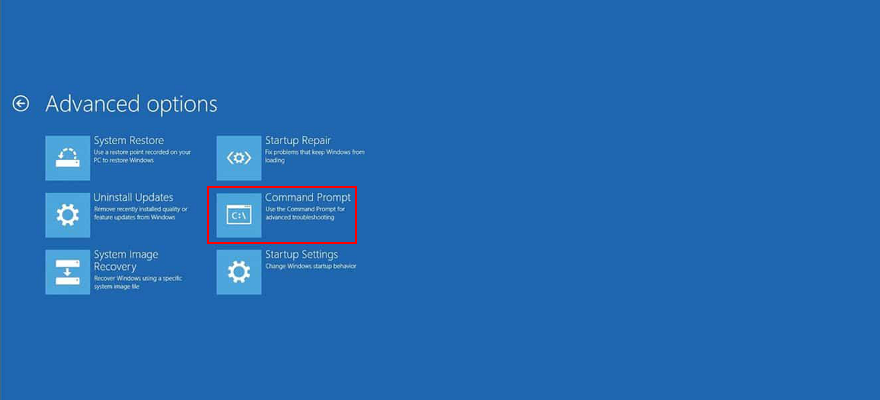
cd c:\Windows\System32\config
ren c:\Windows\System32\config\DEFAULT DEFAULT.old
ren c:\Windows\System32\config\SAM SAM.old
ren c:\Windows\System32\config\SECURITY SECURITY.old
ren c:\Windows\System32\config\SOFTWARE SOFTWARE.old
ren c:\Windows\System32\config\SYSTEM SYSTEM.old
copy c:\Windows\System32\config\RegBack\DEFAULT c:\Windows\System32\config\
copy c:\Windows\System32\config\RegBack\DEFAULT c:\Windows\System32\config\
copy c:\Windows\System32\config\RegBack\SAM c:\Windows\System32\config\
copy c:\Windows\System32\config\RegBack\SECURITY c:\Windows\System32\config\
copy c:\Windows\System32\config\RegBack\SYSTEM c:\Windows\System32\config\
copy c:\Windows\System32\config\RegBack\SOFTWARE c:\Windows\System32\config\
17. Use System Restore
Any software events that you can’t identify can be reversed by rolling back Windows 10 in System Restore more. But that means that you must have created a restore point before you started experiencing system stability problems that led to the Your PC ran into a problem and needs to restart error message.
How to use System Restore:

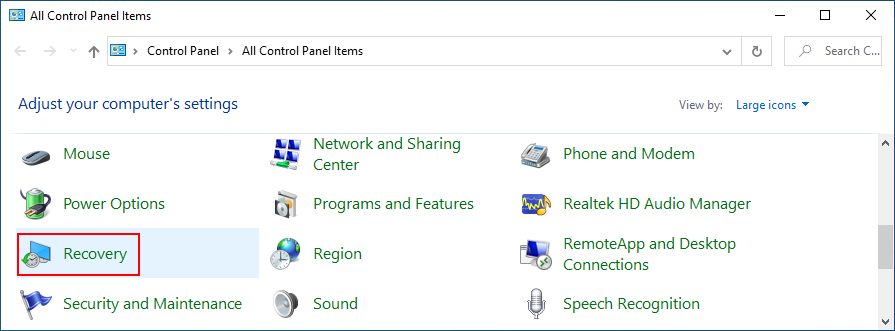
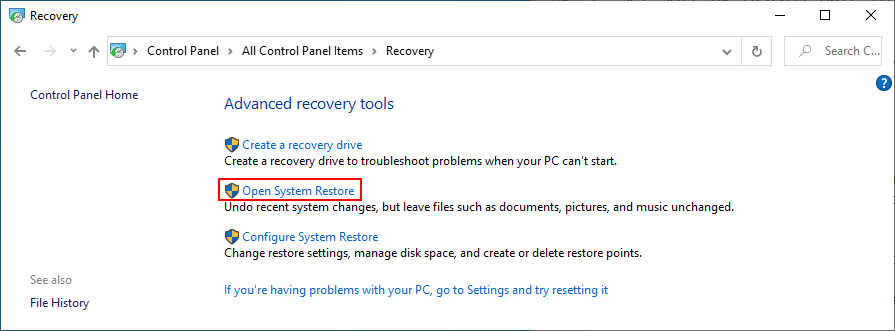
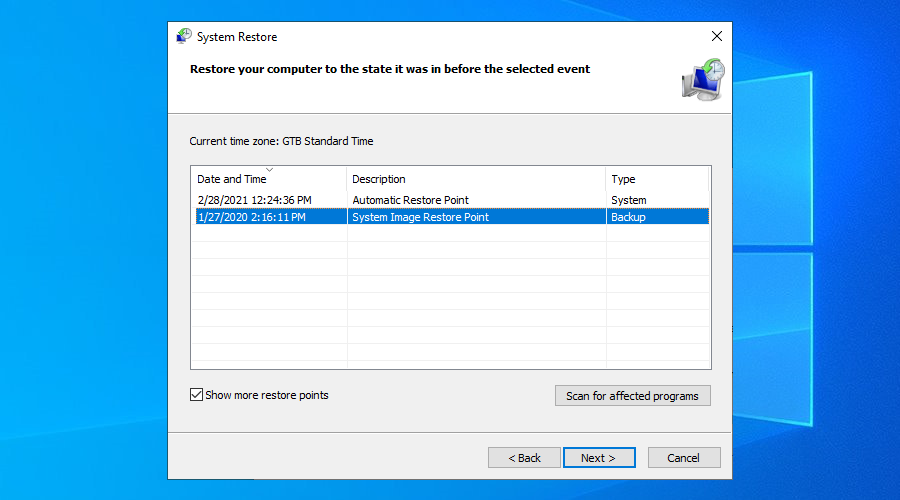
If you can’t boot Windows, interrupt the startup sequence three times to start Recovery mode. Then, go to Troubleshoot > Advanced options to access System Restore.
18. Reset Windows 10
Resetting your OS to factory values is among the last solutions you should try when you can’t get rid of the Your PC ran into a problem and needs to restart error message. You will keep your personal files, but all applications will be removed, so you will have to reinstall everything afterward.
How to reset Windows 10 without boot:
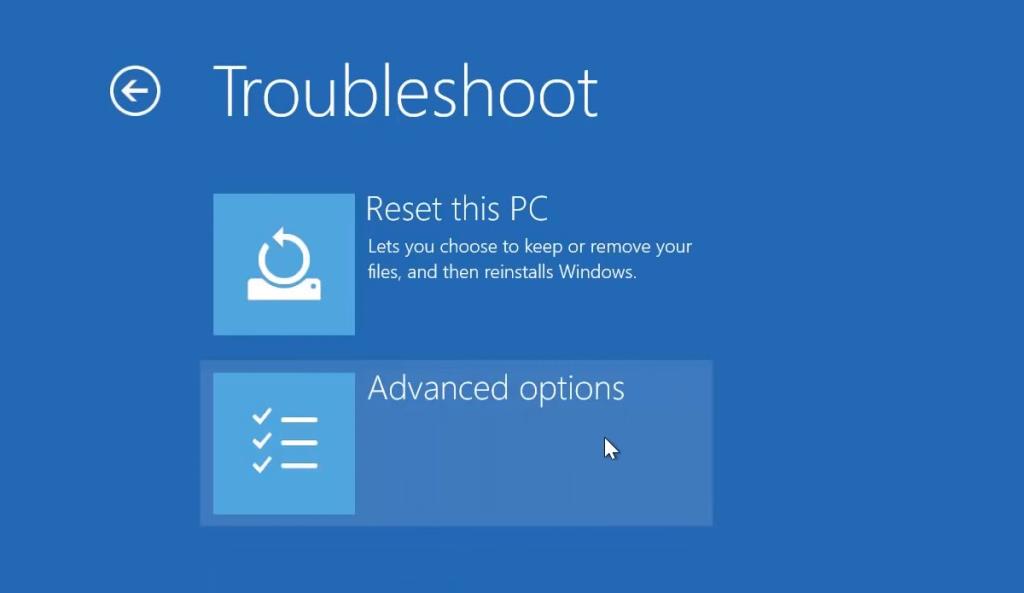
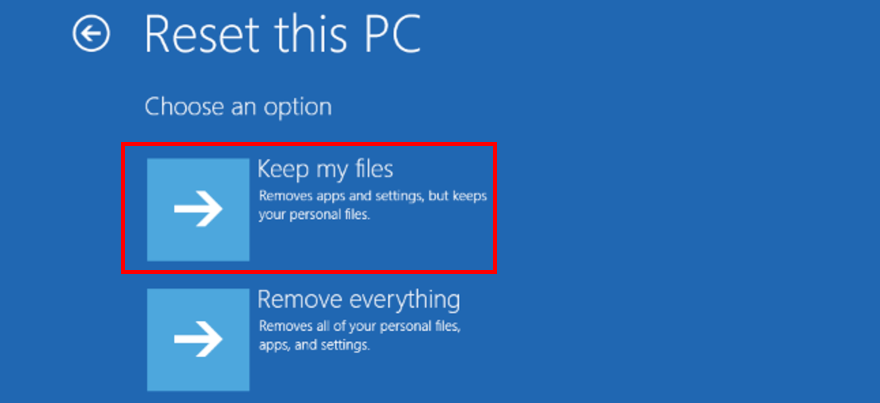
19. Run System Image Recovery
If Windows Backup is enabled on your PC and if you created a backup before experiencing blue screen issues, then you can restore the backup and regain the functionality of your computer, thanks to System Image Recovery. However, don’t try to restore a system image created on an entirely different computer since it won’t work.
How to use System Image Recovery:

Conclusion
To review, the Your PC ran into a problem and needs to restart error message is shown on the screen when your display turns blue and your operating system is trying to protect itself from data loss and corruption. It can be caused by various events at the software or hardware level.
However, you can try to repair this error by starting Windows in Safe Mode, running a clean boot, using Windows Update, investigating the system log, checking the device drivers and disk space, or unplugging new gear.
It’s also a good idea to scan your computer for malware infections, check the system memory, disable overclocking tools, reset BIOS to default, update BIOS, repair disk and system errors, and remove new system updates that may not be compatible with your PC.
Inoltre, puoi disinstallare applicazioni di terze parti, riparare le impostazioni del registro, utilizzare Ripristino configurazione di sistema, ripristinare Windows 10 ed eseguire System Image Recovery.
Quali soluzioni hai usato per sbarazzarti dell'errore Il tuo PC ha riscontrato un problema e deve riavviarsi ? Abbiamo perso qualche passaggio importante? Fatecelo sapere nell'area commenti qui sotto.
Come ricevere avvisi per andare a letto in base all'orario in cui è necessario svegliarsi
Come spegnere il computer dal telefono
Windows Update funziona fondamentalmente in combinazione con il registro e diversi file DLL, OCX e AX. Nel caso in cui questi file si corrompano, la maggior parte delle funzionalità di
Ultimamente spuntano come funghi nuove suite di protezione del sistema, tutte dotate di un'ulteriore soluzione di rilevamento antivirus/spam e, se sei fortunato
Scopri come attivare il Bluetooth su Windows 10/11. Il Bluetooth deve essere attivo affinché i tuoi dispositivi Bluetooth funzionino correttamente. Non preoccuparti, è facile!
In precedenza, abbiamo recensito NitroPDF, un buon lettore PDF che consente anche all'utente di convertire i documenti in file PDF con opzioni come unire e dividere il PDF
Hai mai ricevuto un documento o un file di testo contenente caratteri inutili e ridondanti? Il testo contiene molti asterischi, trattini, spazi vuoti, ecc.?
Sono così tante le persone che mi hanno chiesto informazioni sulla piccola icona rettangolare di Google accanto all'Orb di avvio di Windows 7 sulla mia barra delle applicazioni che ho finalmente deciso di pubblicare questo
uTorrent è di gran lunga il client desktop più popolare per scaricare torrent. Anche se funziona perfettamente per me su Windows 7, alcune persone hanno
Tutti hanno bisogno di fare pause frequenti mentre lavorano al computer, se non si fanno pause c'è una grande possibilità che i tuoi occhi saltino fuori (ok, non saltino fuori
